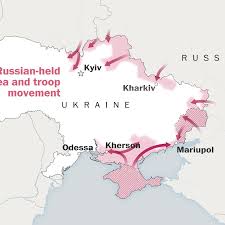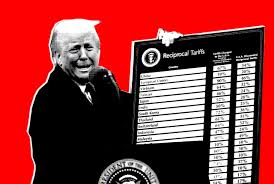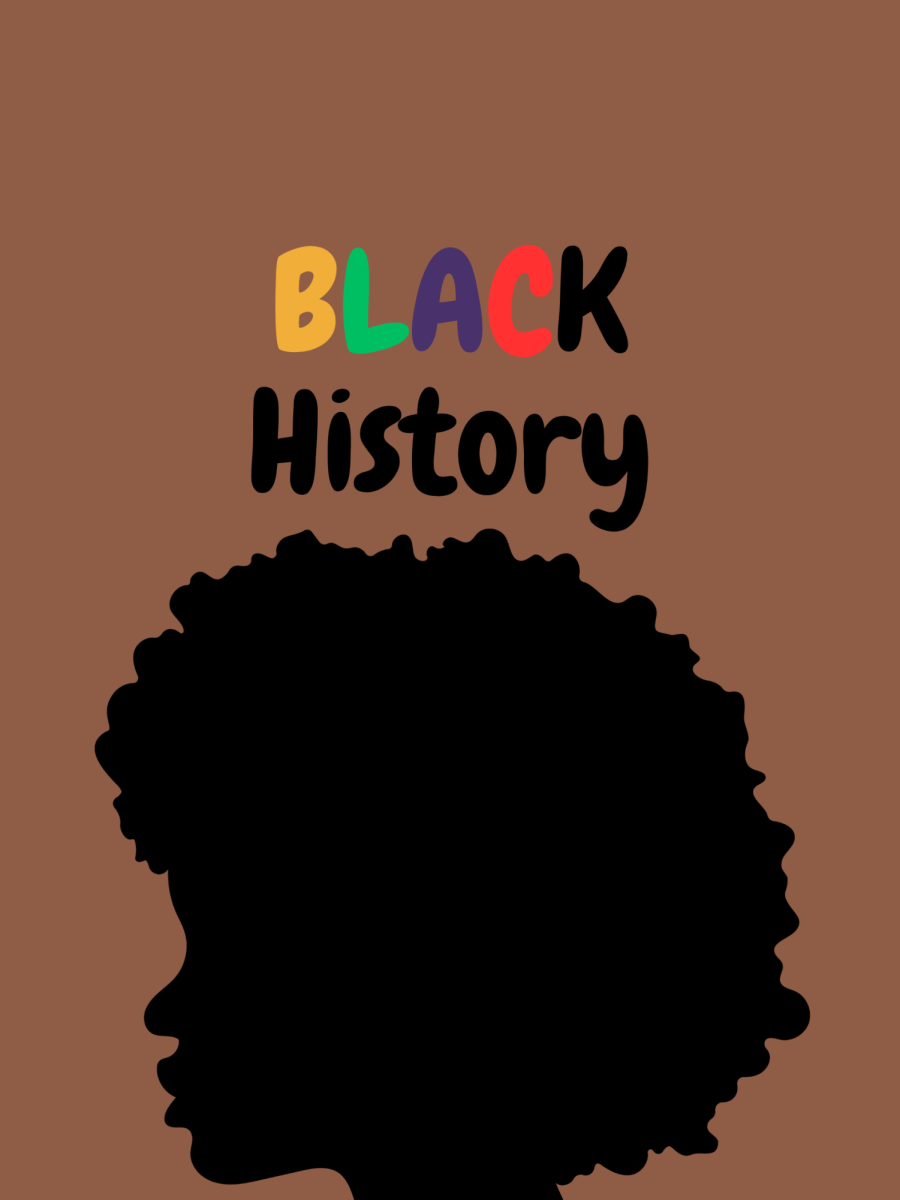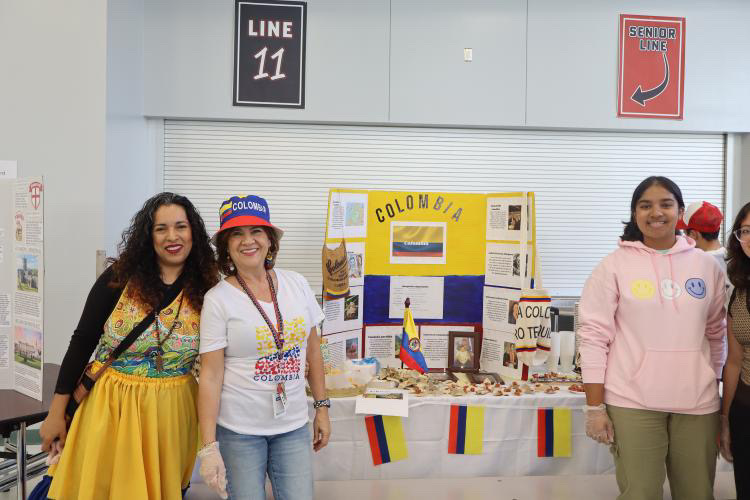he Russia-Ukraine war, one of the most consequential conflicts in recent history, began on February 24, 2022, when Russian forces launched a full-scale invasion of Ukraine. While the world watched in shock, the origins of the war trace back decades, shaped by complex geopolitical dynamics, post-Soviet tensions, and national identity struggles.
Historical Background
The collapse of the Soviet Union in 1991 marked a turning point for Eastern Europe. Ukraine, once a Soviet republic, gained independence and began building its own identity as a sovereign nation. However, its historical, cultural, and political ties with Russia remained deep and complicated.
For Russia, Ukraine held immense strategic and symbolic importance. It was not only geographically vital—providing access to the Black Sea through Crimea—but also historically significant, as the medieval state of Kievan Rus is considered a precursor to modern Russia. Many Russian leaders, including President Vladimir Putin, have viewed Ukraine as part of the “Russian world” and not a fully independent state.
The Maidan Revolution and Russian Response
Tensions began to boil over in 2013–2014 when Ukraine’s then-president, Viktor Yanukovych, backed out of an EU trade agreement under pressure from Russia. This move sparked mass protests in Kyiv, known as the Euromaidan Revolution, which ultimately led to Yanukovych fleeing the country.
In response to this pro-Western shift, Russia annexed Crimea in March 2014, claiming to protect ethnic Russians and Russian speakers in the region. The annexation, widely condemned by the international community, was followed by the outbreak of war in the eastern Donbas region, where Russian-backed separatists declared independence in Donetsk and Luhansk.
For the next eight years, the conflict simmered. Multiple ceasefires were brokered, and diplomatic efforts like the Minsk agreements aimed to end the fighting, but none fully succeeded. Russia continued to deny direct involvement in Donbas, while Ukraine moved closer to the West, strengthening ties with NATO and the European Union.
NATO, Security Concerns, and Invasion
One of the core reasons Russia cited for the full-scale invasion was NATO’s eastward expansion. Since the 1990s, NATO had accepted several former Soviet and Warsaw Pact nations into its fold. While Ukraine was not a NATO member, its growing cooperation with the alliance—along with talk of potential future membership—deeply alarmed the Kremlin.
President Putin framed the invasion as a “special military operation” aimed at “demilitarizing and denazifying” Ukraine. These claims were widely rejected as baseless pretexts. Analysts argue the real motivations included reasserting Russian influence in the post-Soviet space, preventing Ukraine from becoming a Western-aligned democracy, and shoring up domestic support amid declining popularity at home.
Ethnic Identity and Propaganda
Propaganda has played a critical role in justifying the war to the Russian public. Russian state media has often portrayed Ukraine as a puppet of the West and accused it of persecuting Russian-speaking citizens. Ukraine, in contrast, has embraced a national identity distinct from Russia, especially since 2014. The war has only solidified this divide, with Ukrainian resistance rallying around values of sovereignty, democracy, and independence.
Global Implications
The invasion triggered one of the largest humanitarian crises in Europe since World War II. Millions of Ukrainians were displaced, and thousands of civilians and soldiers died. The war also reshaped global energy markets, deepened U.S.-European unity against Moscow, and led to sweeping sanctions on Russia.
Conclusion
The war between Russia and Ukraine did not start overnight. It was the result of long-standing tensions, historical grievances, and competing visions for Eastern Europe’s future. As the conflict continues into its third year, the world watches closely, hoping for peace but bracing for what comes next.






